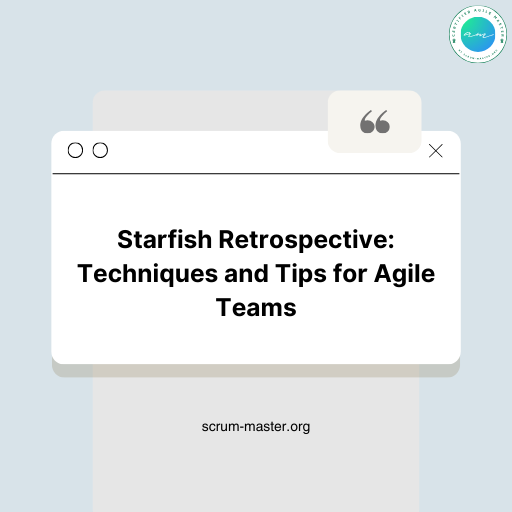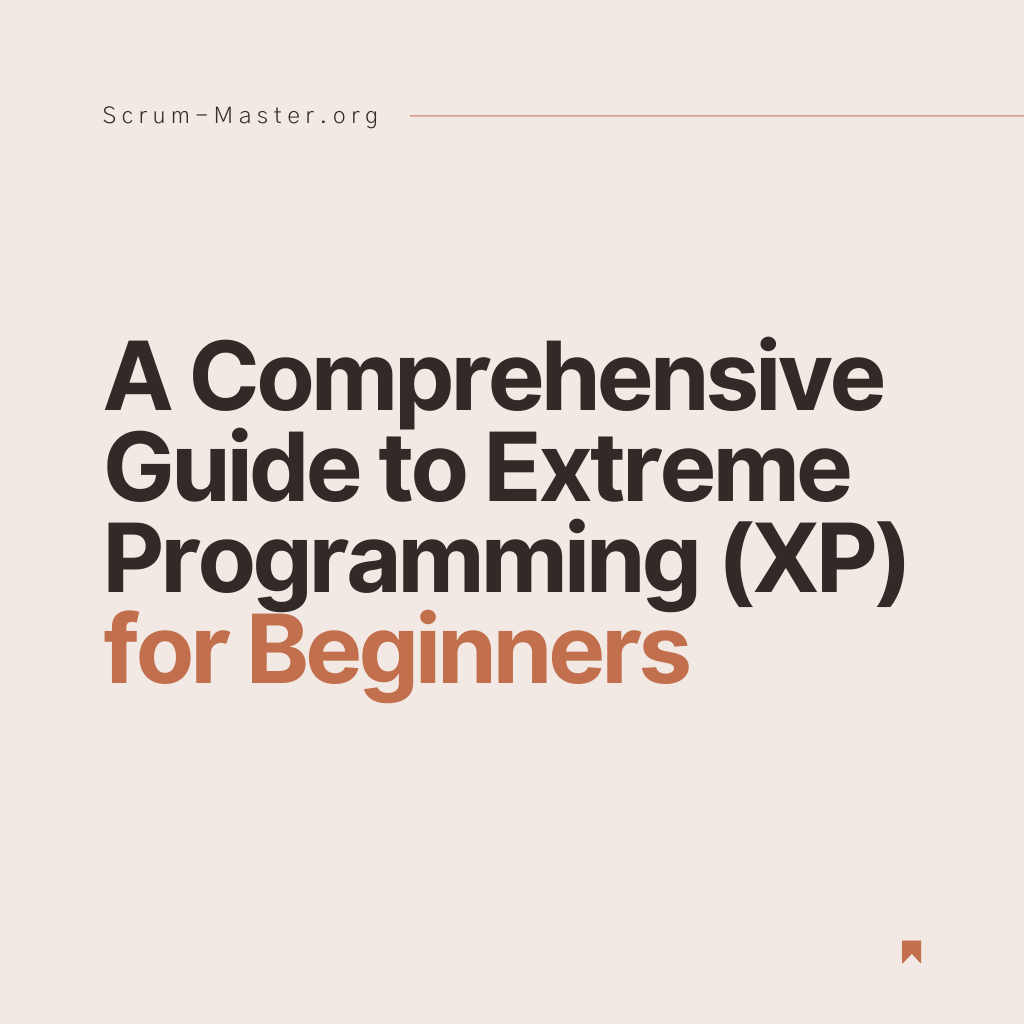In the ever-changing world of digital marketing and product development, deeply understanding your end-user is more than just a step; it’s a necessity. Personas are at the heart of this understanding, playing a crucial role both in marketing strategy and in agile and Scrum methodologies.
These semi-fictional representations of your ideal customer don’t just guide product development; they inform every aspect of digital strategy, ensuring that every decision taken is aligned with the needs, expectations and behaviors of target customers. This article explores the vital importance of personas in digital marketing and agility, and offers a detailed guide to creating and using them effectively.
Index
What is a Persona?
A persona is much more than just a demographic profile or a description of your ideal customer. It’s a detailed representation, based on actual research and demographic data, that includes the specific behaviors, motivations, goals and challenges of your target audience. Through the prism of the persona, development and marketing teams can visualize theideal user, understand their consumption habits and anticipate their reactions to your product or service.
The creation of a persona often begins by collecting data through surveys, interviews and analysis of user behavior on the company’s website. This approach not only defines demographic characteristics, but also identifies the drivers and motivations that influence your prospects‘ buying decisions. Creating a persona means giving it a name, an age, a profession, and even detailing its daily life, so that the team can refer to a “real” individual when designing and implementing strategies.
The use of personas is not limited to marketing strategy. In agile and Scrum methods, they become indispensable tools for elaborating user stories, defining backlog priorities, and ensuring that product development remains customer-centric. In addition, they facilitate better communication within the team and between departments, providing a common reference that helps align all efforts towards customer satisfaction and commitment.

The Importance of Personas in Agility
Agility and Scrum are not simply project management methodologies, but philosophies centered on flexibility, collaboration and a focus on creating value for the end customer. In this context, personas becomeinvaluable tools. Not only do they provide an in-depth understanding of the user’s needs, they also align the entire team with a clear, shared vision of the product.
Using personas in an agile approach helps avoid one of the most common mistakes in product development: working on unverified assumptions. Based on well-defined personas, Scrum teams can create more precise user stories, define more relevant acceptance criteria and prioritize the product backlog to maximize customer value. This leads to more focused product development, reducing wasted resources and increasing customer satisfaction.
In short, in the context ofagility and Scrum, personas are not just marketing strategy tools, but central elements of product development strategy. They act as a compass to guide the team’s decisions, ensuring that every feature developed and every sprint completed brings the product closer to what the user really wants.
How to create effective personas
Creating personas that accurately reflect your target users requires a precise and empathetic methodology. Here’s a simplified guide to creating authentic and useful personas:
- Information gathering and analysis: Start by gathering data on your users through surveys, interviews and behavioral analysis.
- Identifying Motivations and Barriers: Understand what attracts users to your product or service, and what keeps them away.
- Building Persona Profiles: Create detailed profiles for each persona, making each one tangible for your team.
- Validation and fine-tuning: Validate your personas with real users and fine-tune them according to feedback.
- Integration into your processes: Incorporate personas into your agile development process to guide user story creation and backlog management.

Using Personas in Agile Product Development
Integrating personas into agile product development is a crucial step in ensuring that the products or services created truly meet the needs and expectations of end-users. In the Scrum and agile frameworks, this integration translates into a better orientation of sprints and development cycles, with a constant focus on creating value for the defined personas.
Personas help crystallize the vision of the product or service, serving as a reference throughout the development process. Every feature, every user story, every backlog priority is evaluated in terms of its ability to meet the needs and desires of the personas. This not only optimizes resources by focusing on the elements that bring the greatest value, but also keeps the team aligned and focused on the common goal of customer satisfaction.
Understanding the end-user is essential in the rapid evolution of digital marketing and product development. Personas, at the heart of this understanding, play a crucial role in marketing strategy and agile methodologies, including Scrum.
These semi-fictional representations of your ideal customer not only guide product development, but inform every aspect of your digital strategy, aligning every decision with customer needs and expectations. Learning to create a persona significantly enriches your digital marketing strategy and agility.
The beauty of using personas in an agile context lies in their ability to make development more human and user-centered. Rather than getting lost in technical specifications or development constraints, teams can refer to personas to make informed decisions, ensuring that every aspect of the product or service developed resonates with end-customers.
What is the difference between User Persona and Buyer Persona?
The distinction between a “user persona” and a “buyer persona” is mainly based on their respective focus on different aspects of customer or user behavior and motivations. Here’s a detailed explanation of each to better understand their differences:
User Persona :
- Definition: A user persona is a fictitious, generalized representation of a typical end-user of your product or service. This persona focuses on the behaviors, goals, needs and challenges associated with using the product or service.
- Objective: The main objective is to understand and anticipate user needs and problems in order to improve the design, user experience (UX) and user interface (UI) of products or services.
- Use: User personas are mainly used by product development teams, UX/UI designers and agility professionals to ensure that the features developed meet the real needs of end-users.

Buyer Persona :
- Definition: A buyer persona, on the other hand, is a fictional representation of a typical ideal customer, based on market research and actual data on existing customers. It focuses on demographic information, buying behavior, motivations, family situation and decision criteria.
- Objective: The aim is to understand who customers are, why they buy, and how they make their purchasing decisions, in order to guide marketing and sales strategies.
- Use: Buyer personas are used by marketing and sales teams to target their messages, align their content and communication strategies, and design campaigns that resonate with the target audience.

Points of Convergence and Divergence :
- Convergence: Both types of personas are used to personalize and improve the approach to a specific target group. They help organizations focus on the needs and desires of specific segments rather than the mass market.
- Divergence: The main difference lies in the focus of their application – the user persona focuses on the experience of using the product or service, while the buyer persona concentrates on the buying process and the purchasing decision.
In short, while user personas and buyer personas share the common goal of refining and personalizing the approach to customer or user segmentation, they serve distinct purposes at different stages of interaction with your product or service.
Examples and Tools for Creating Personas
To turn theory into practice, we’ve selected tools and templates that will facilitate and optimize the process of creating your personas. Whether you’re working on user personas or buyer personas, these resources are designed to guide you through each step required to create detailed, actionable profiles.
User Persona template on Miro: Discover an interactive tool that guides you through the creation of a complete user persona, perfect for capturing the nuances of your ideal user and better understanding their needs and behaviors.
Buyer Persona template on Miro: This template helps you define the profile of your ideal buyer, focusing on their buying motivations, their challenges, and how your product or service can meet them.
User Persona PowerPoint file: For those who prefer a more traditional approach, or who want to easily share their personas with the team, this PowerPoint template is an excellent starting point.
These tools are essential for fine-tuning your marketing and product development strategy, ensuring that you effectively meet your customers’ needs and expectations.
Conclusion
Integrating personas into agile product development and Scrum methodology is more than a recommended practice; it’s a strategic imperative. By placing customer needs and expectations at the center of all decisions, agile teams can refine their approach, ensuring the creation of products and services that truly resonate with their target audience. This focus on the user not only facilitates better alignment of development objectives with market expectations, but also enriches the relationship between brands and their customers.
Personas serve as a solid foundation for all stages of product development, from initial conception to final deployment. They provide an in-depth understanding of the target audience, guiding the team in its choices of features, design and priorities. They also contribute to better cohesion and communication within teams, by providing a common language and shared objectives.
It’s crucial to recognize that creating and applying personas is a dynamic process. As the market evolves and new customer information emerges, it’s imperative to revise and adapt personas to keep them relevant and effective. This iterative approach is at the heart of agility, and ensures that the products developed continue to meet the ever-changing needs of our stakeholders.







